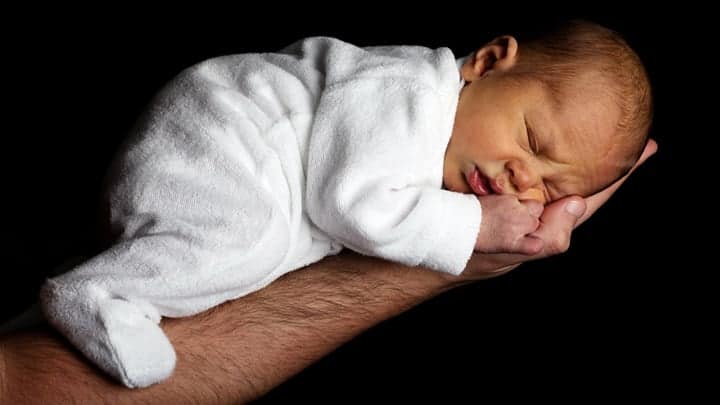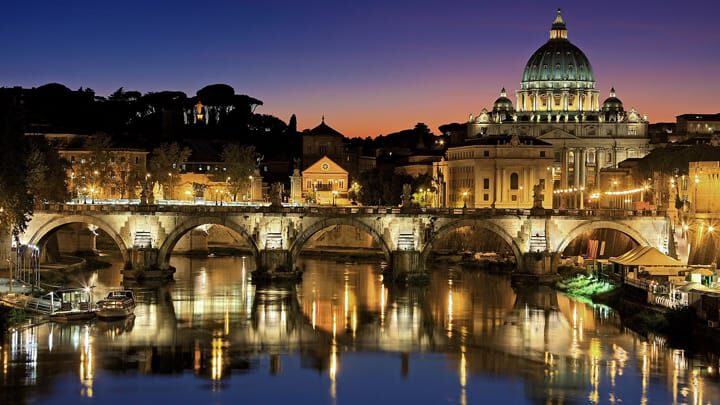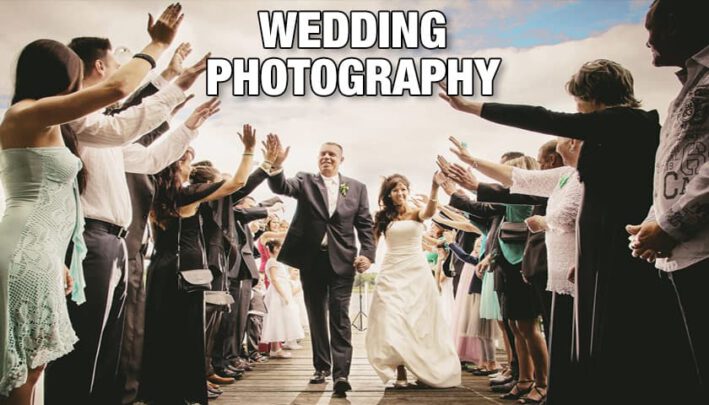Hits: 4
Newborn photography specifically means photographing newborn babies – often as young as a couple of weeks old. It’s always going to be a popular genre of photography, as people are always going to be having babies!
In this article, I’ll look at everything you need to get successful newborn photographs. Before you start, do remember that safety is key with newborns – make sure the parents are on hand and never do anything that they are unhappy with.
CAMERA GEAR
A DSLR or mirrorless camera is ideal for newborn photography as it gives you the option of using different lenses. Most modern cameras also have a silent mode, which means you can turn off any beeps that might upset the baby.
A prime lens is particularly useful for newborn photography, as it gives you access to large apertures. I’d recommend a 50mm or 85mm (on full frame cameras). If you can afford one, a macro lens is a real bonus for photographing babies. It will allow you to do all the close ups of feet, fingers, eyes etc that are really popular with parents.
I personally prefer not to use flash with newborns (a lot of recommendations suggest that you wait until a baby is at least 12 weeks old before using flash). You can use continuous LED lighting, household lighting or just natural light. Because of this, one of the most useful pieces of equipment you can invest in is a pop up reflector. It can be used to bounce back light onto the baby’s face.
Professionals use a backdrop and backdrop stands to shoot newborns but if you’re just shooting at home try to find a plain wall and floor to take the photographs on.
PROPS
When it comes to photographing newborns you need props that keep the babies warm and comfortable (whilst also adding a stylish element to your shots!). Do remember though that when it comes to placing a baby in a prop you should never attempt to pose them or swaddle them tightly in any fabrics (unless you’re trained to do so). Let the baby settle naturally.
A simple but effective prop is a wicker basket, which you can line with blankets or towels to create different textures and colours. You can also place babies on the floor in a nest of blankets, or use a squishy beanbag covered with a clean blanket. Scarves or cowls are also very good for laying a baby on, as they’re designed to curve and wrap around – making them ideal for propping up a newborn.
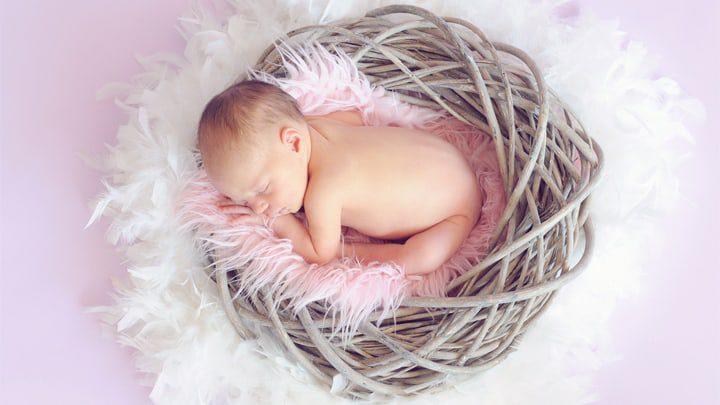
Babies also like to be warm so, unless it’s the height of summer, consider investing in a small heat pad that you can lay underneath them. It will help soothe a newborn and make them relaxed and more amenable to photos! Make sure the room is warm overall as well, as newborn photos are generally taken with the baby wearing very little! An excellent trick to help calm newborns is to download a white noise app that will remind the baby of noises from the womb. And don’t forget to have lots of wet wipes on hand to clear up any little messes!
Always ask parents if there’s a particular prop they might want to include in a shot. For example, there might be a special stuffed animal for the baby that will look great in a photograph. And photographers often forget the easiest prop to use – a parent’s hands. Placing a newborn inside a parent’s cradled hands gives a real sense of scale and shows how tiny babies are when first born.
CAMERA SETTINGS AND SETUP
Before you start setting your camera up, make sure you’ve decided on where in the room or outside you’ll be photographing the newborn.
If you’re inside you will want to place your baby close to a window to get as much natural light as possible. You can obviously add in artificial lighting if you need to.
If you’re outside (and you will only want to be so on a warm day) make sure you place the baby away from direct sunlight. Always carry a small reflector with you so that you can angle light back onto your subject and soften any shadows.
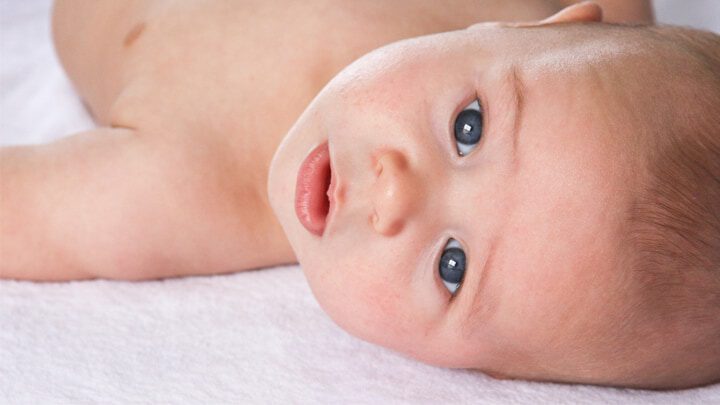
I would always shoot RAW when photographing newborns as it is likely you will need to do some small adjustments in post production. You can leave your white balance on Auto, unless you’re photographing inside with a lot of artificial household light, in which case I’d recommend switching to Tungsten white balance to help the camera neutralise the orange tones.
As with any portrait it’s vital to focus on the eyes and make sure they are sharp – if the eyes are in the photograph, of course! Choose a camera focal point that you can position over the eyes or, if your camera has eye detection AF make sure you turn that on. A newborn baby is not going to be moving anywhere so you will be fine using AF-S / One Shot focus mode.
As with all forms of portraiture, your aperture will be the most important setting. This is because as well as controlling how much light comes through the iris of your lens, aperture is also responsible for controlling depth of field. You will want to use a small depth of field with newborns in order to focus the viewer’s attention on the baby and blur out any distracting background details.
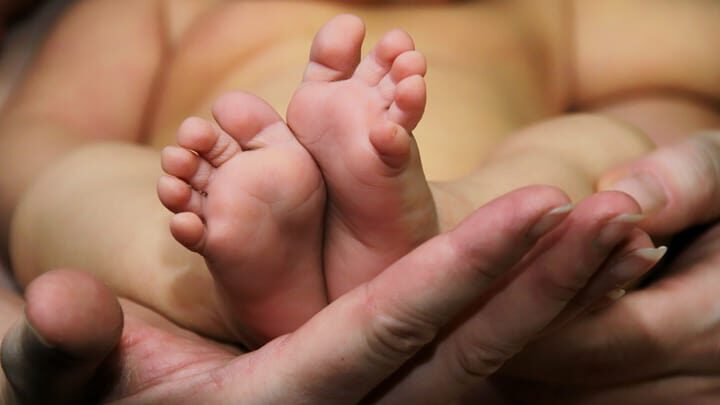
If you’re just focusing on a tiny detail, such as a baby’s foot, you will probably only need an aperture of around f2 – f2.8. I would use an aperture of around f4 for the whole baby and between f5.6 and f8 if you’re including a parent’s hands (for example). If you’re photographing the parents with the newborn you may need to use an aperture of f11 to get everyone sharp. You will need a shutter speed of at least 1/60th to prevent camera shake and, if you’re using a longer telephoto lens, you should use a shutter speed equivalent or faster than your focal length (e.g., 1/100th with a 100mm lens).
Because you will need fairly specific aperture and shutter speeds you will need to use your ISO to ensure your exposure is correct. If you’re shooting outside you may well be able to use a low ISO of around 100 / 200. But if you’re inside it’s likely you’ll need to raise your ISO to compensate for the lack of light. Most modern cameras will produce very acceptable results up to ISO 3200 but if you find you’re needing to go higher than that, try and add in more artificial light or open your aperture up a little bit.
SHOOTING
When it comes to actually taking photographs of newborns patience is key. Shooting tiny babies takes a lot of time, with frequent breaks needed for feeding, nappy changes and calming the baby. It’s often easier to get photos of newborns when they’re sleeping – particularly if you want to place them in a certain way. This is why it’s a good idea to have your set completely ready to just place the baby into at the last moment.
I personally prefer using low angles when photographing babies, so that I’m on the same level as them but you can also experiment with shooting from above – just make sure you watch your proportions! With such a small baby you only need to move a little from side to side to get different perspectives and looks.

Don’t forget to capture small details and remember that simply changing a prop or using a different coloured blanket will give you a different look and feel. It’s also important to capture the parents with their new baby. However, I’ve never met a brand new mum who wants to be photographed full length after just giving birth, so make sure you go for tight crops that emphasise the relationships.
When the baby is awake, concentrate on getting photos that show off their eyes. Above all, work with the newborn. Don’t force them into any positions and if they don’t like the way they’re lying and start crying, let the parents adjust things immediately. Safety is always the priority when it comes to photographing little ones.
Lastly, make sure the shoot is fun for Mum and Dad! Don’t stress them out and let them take things at their own pace.
POST PRODUCTION
Because you’ll be working with available light you will probably need to do a little adjustment in post of your white balance, along with softening any shadows. Skin redness can be a problem with newborns, so adjust your curves or levels on the relevant channels. You can also remove any skin acne with the healing tool. However, I strongly recommend leaving newborn shots as natural as possible – you don’t want to alter the way the baby looks.
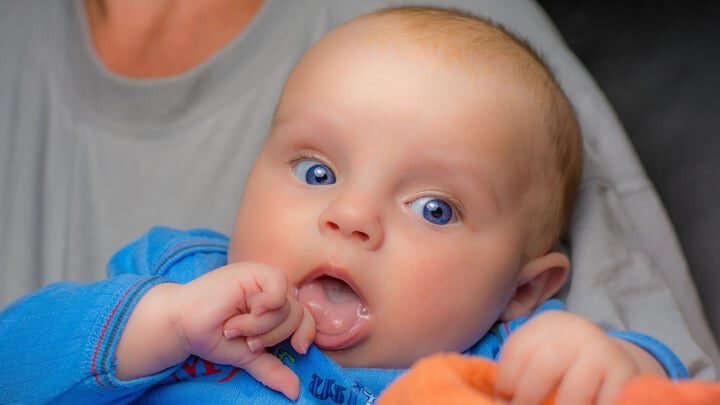
CONCLUSION
Newborn photography has to be done in a very limited time window and is certainly challenging at times. But with patience and a little know-how you should achieve results that the family will be delighted with.

